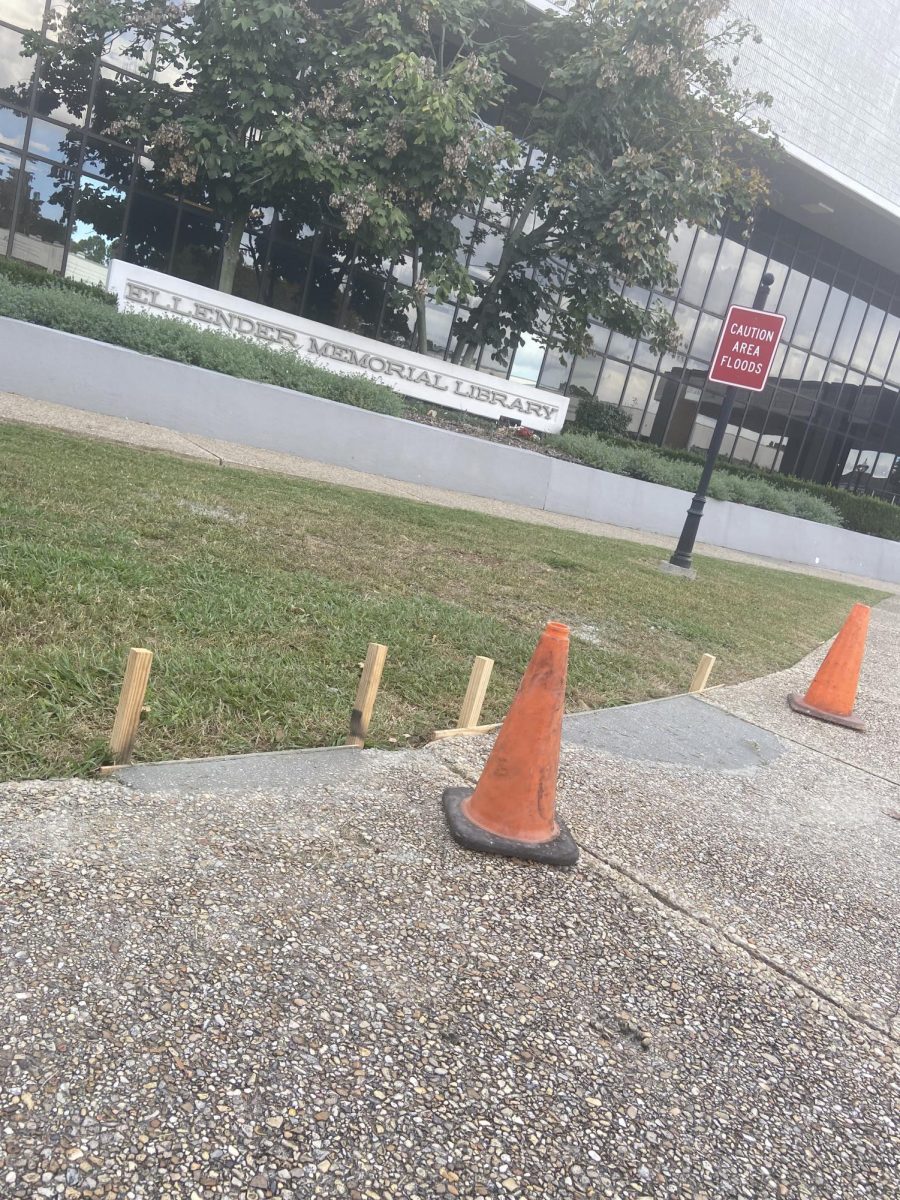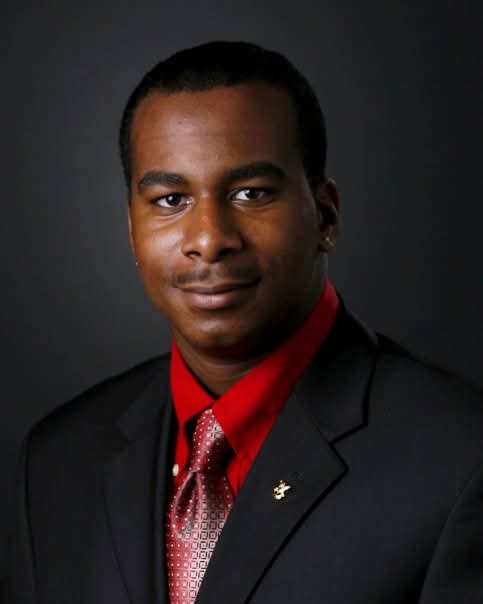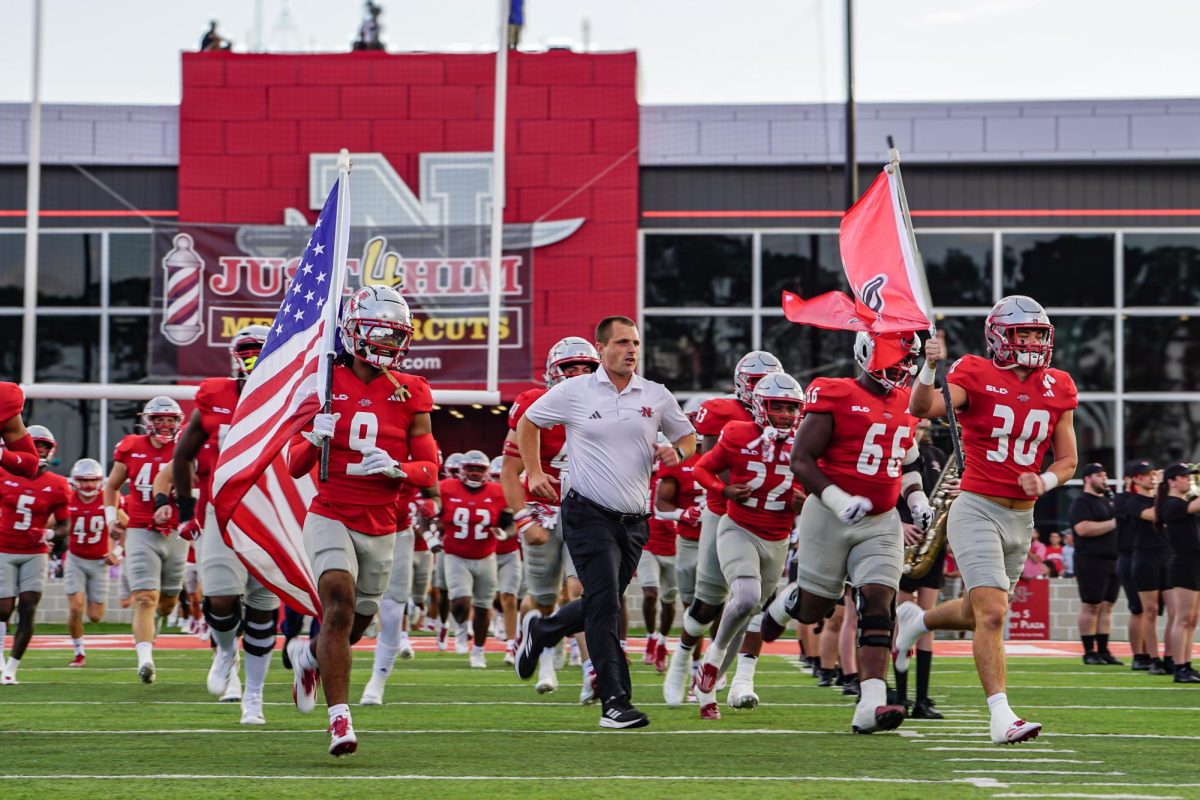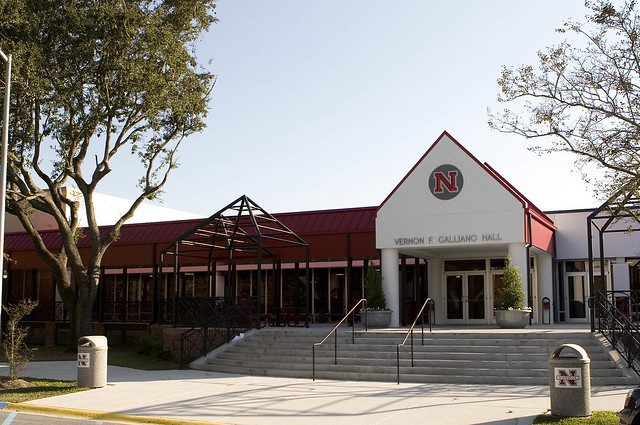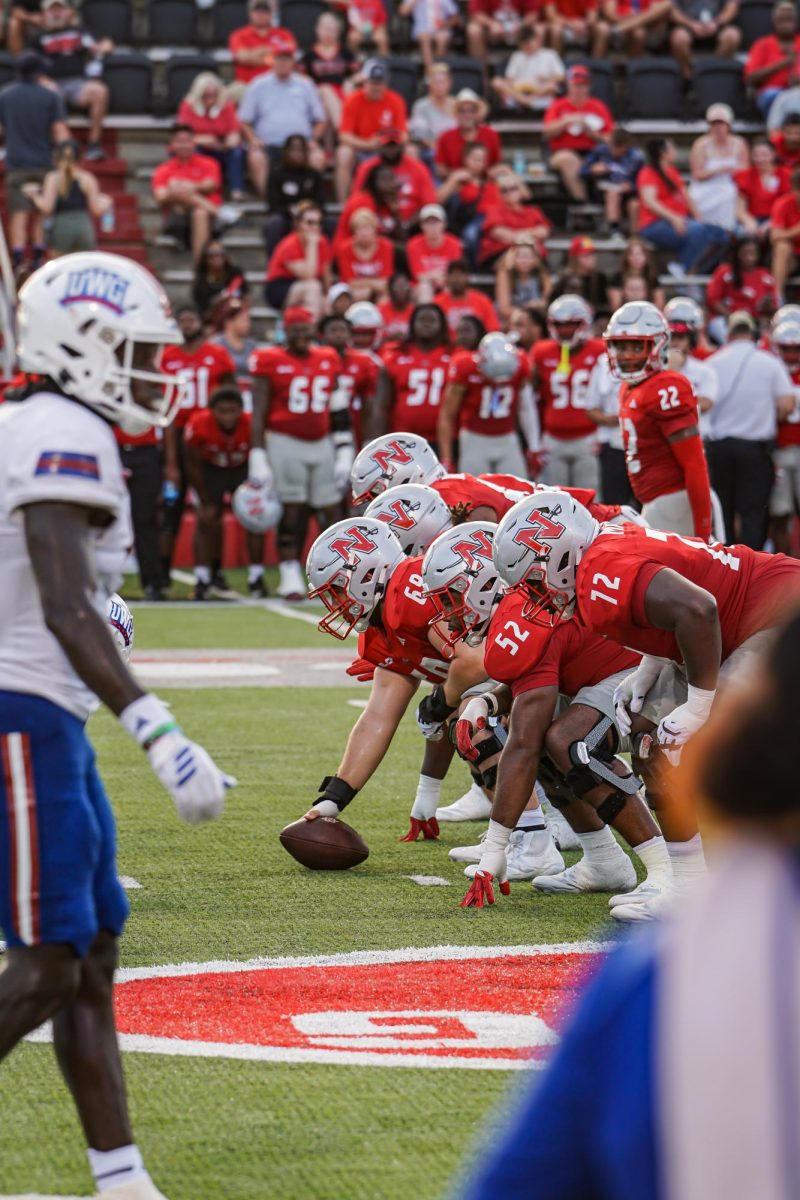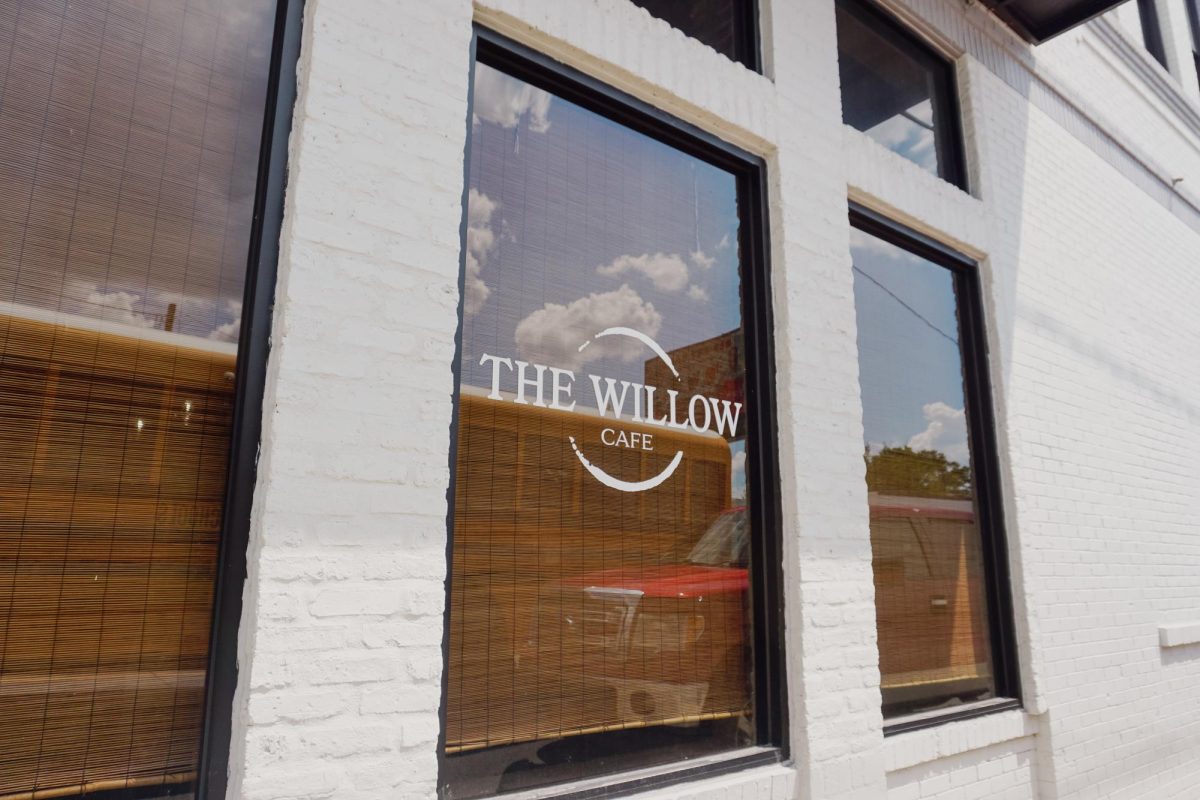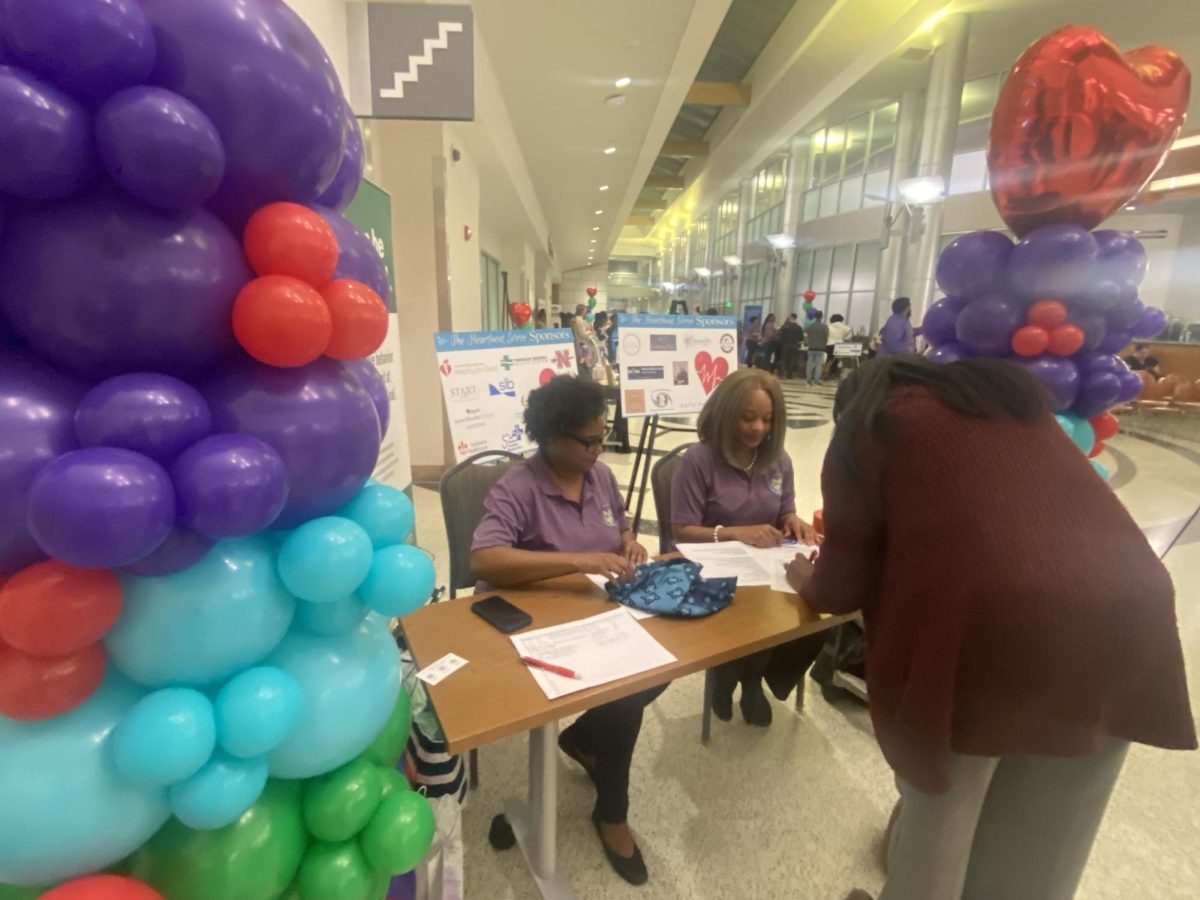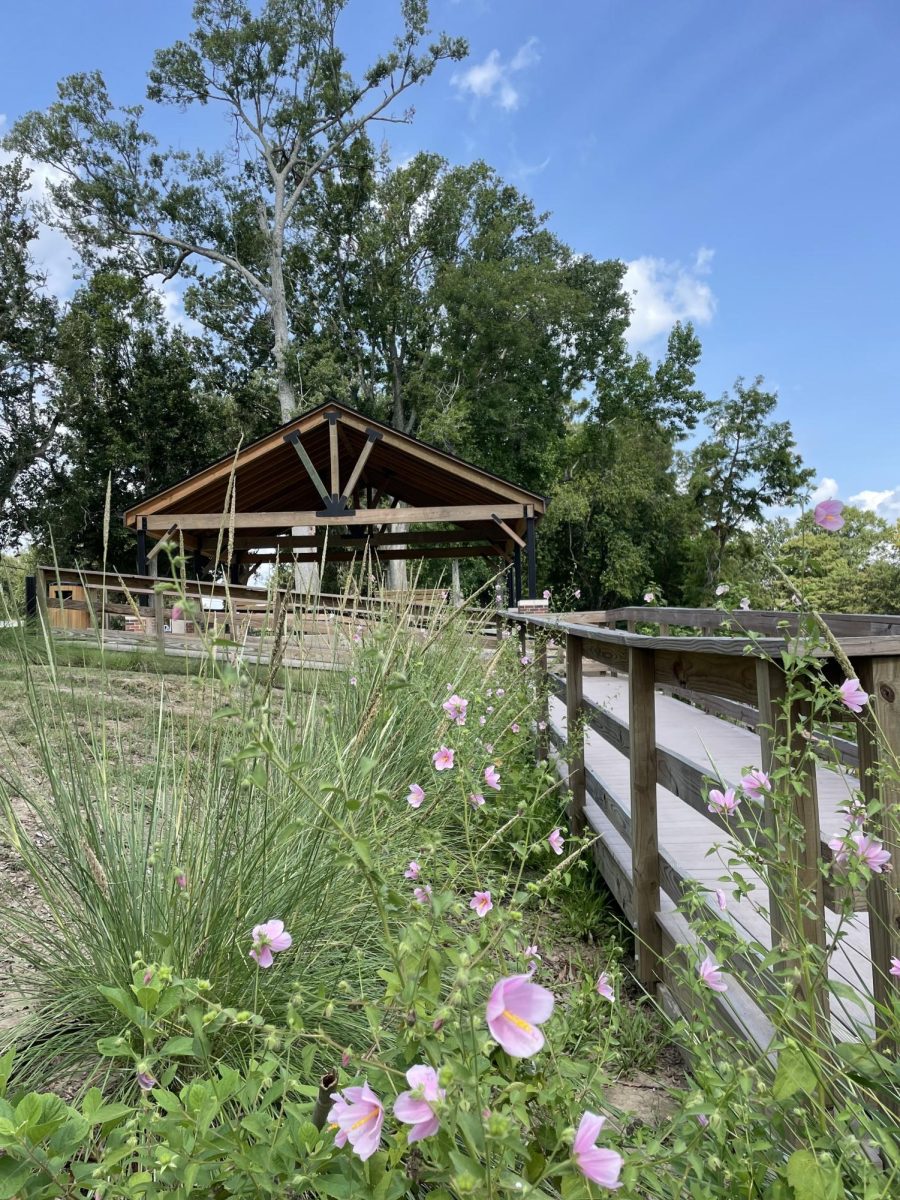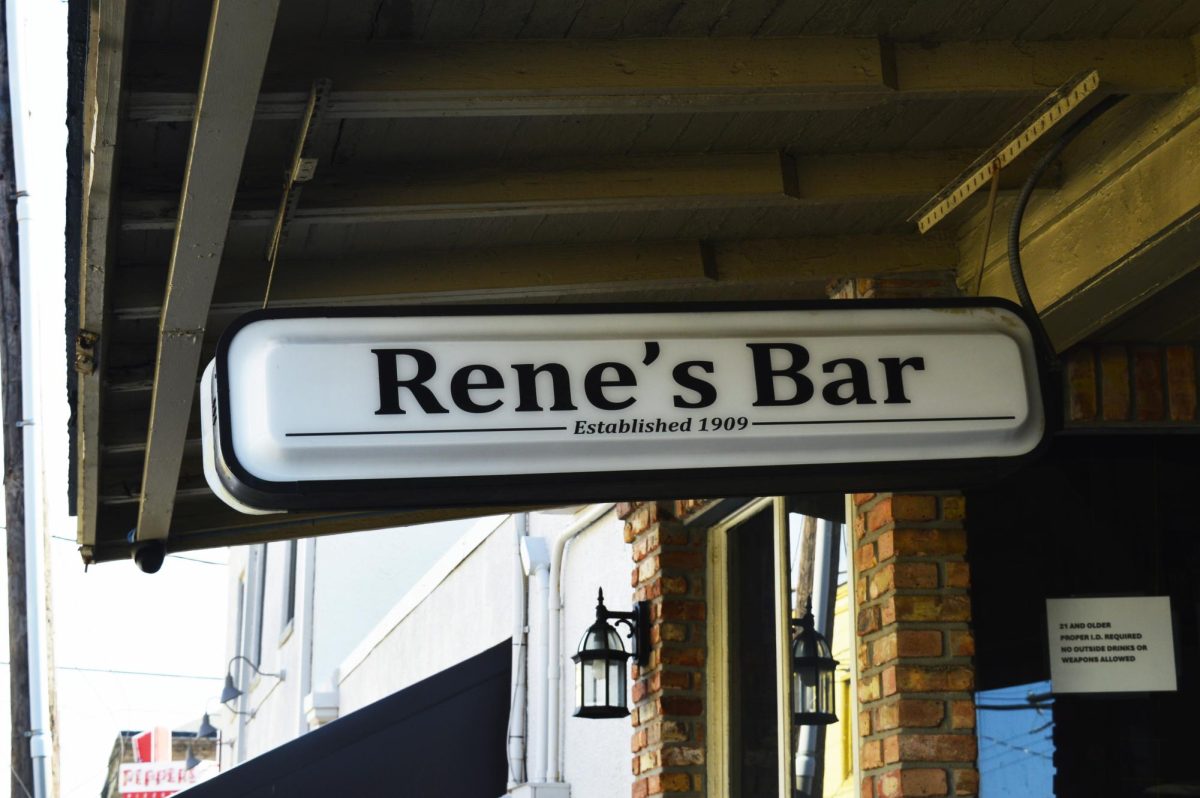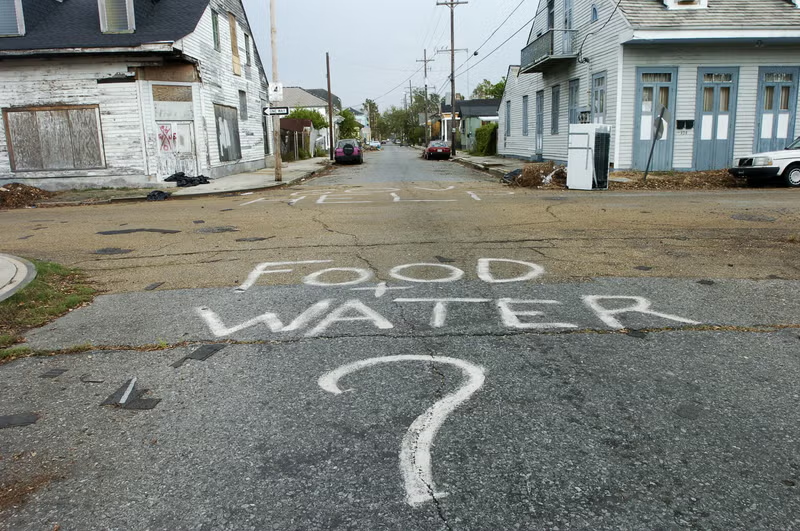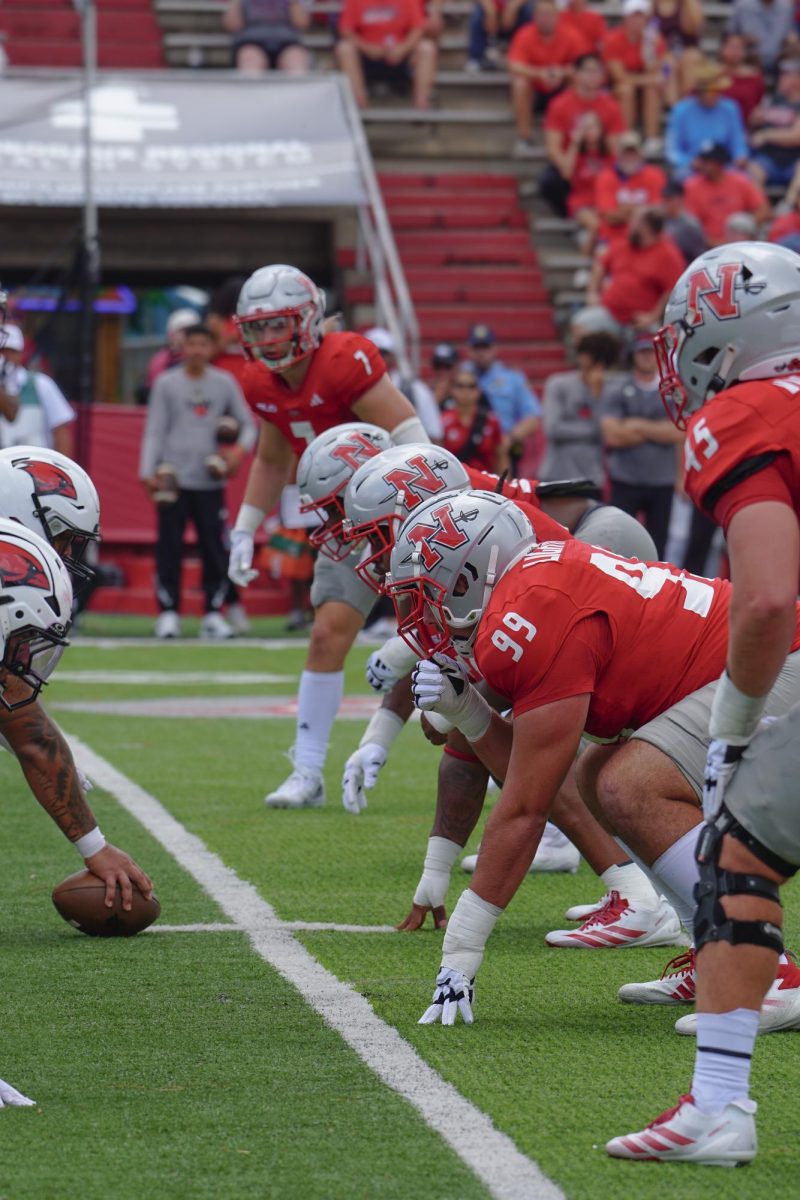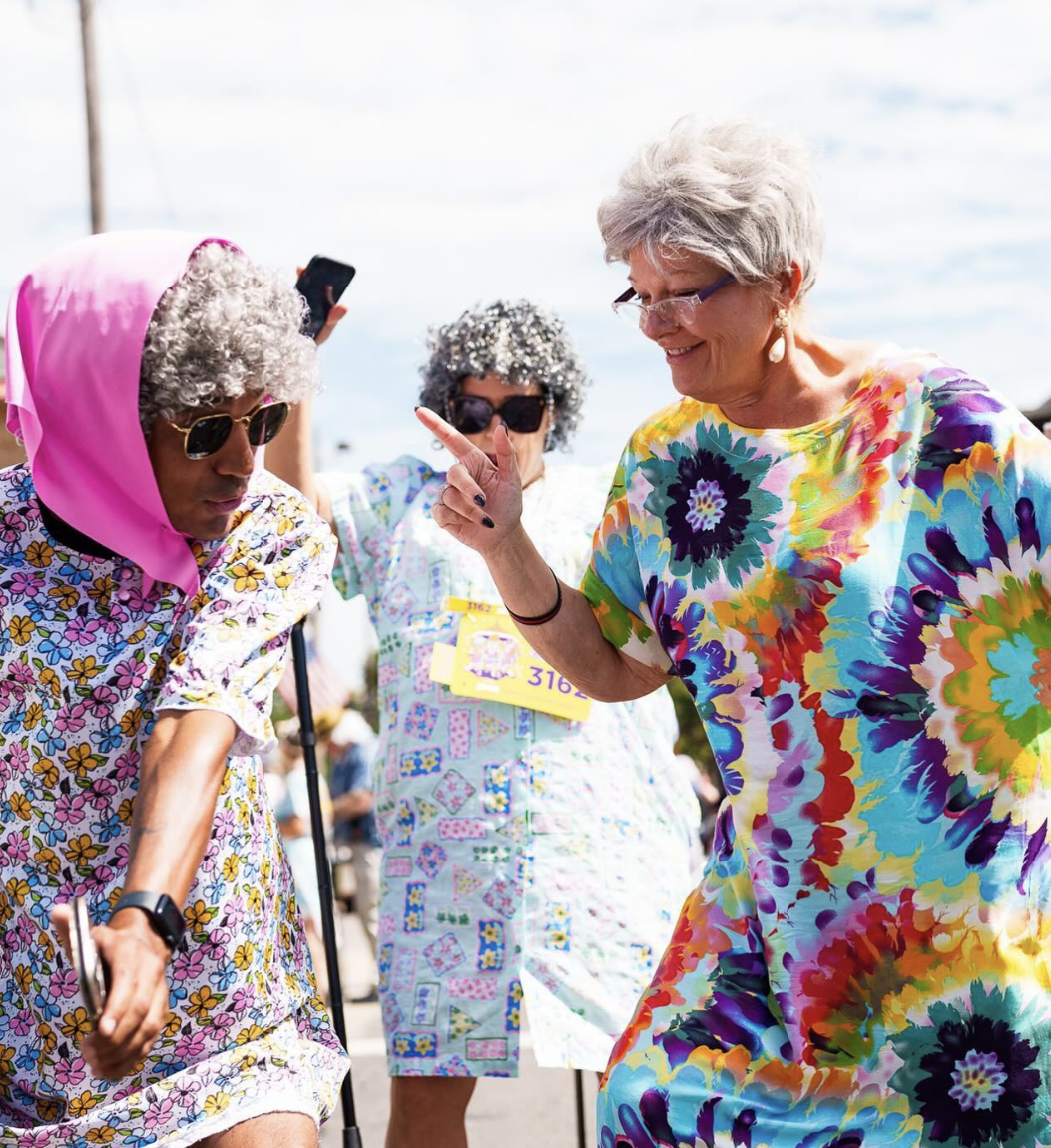Accessibility on Nicholls State University’s campus continues to be an issue that, although prominent, is improving.
Most facilities require specific design elements that allow those with restricted movement to travel freely. These alterations typically appear through walkways, door mechanisms, elevators and more.
By providing an inclusive environment, Nicholls can welcome all students. However, damage will emerge with time.
In front of Talbot Hall, the Bollinger Student Union and other locations on campus, cracked and sinking sidewalks appear to cause uneven terrain. This leads to travel inconveniences for students like Brogan Burns.
Burns is a sophomore mass communications student. He relies on his motorized wheelchair to navigate campus daily. Although Nicholls’ campus is quite accessible, Burns occasionally faces problems. For example, the sidewalks he frequents include those by Talbot Hall and the student union.
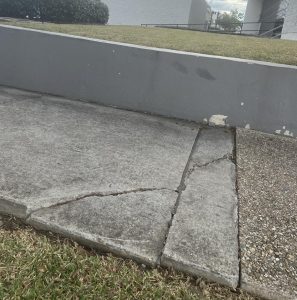 “I’ve had to [evade sidewalks] before because sometimes the bumps are just so big. I had a smaller chair, and I wouldn’t be able to go over it, so I’d have to go through the grass. It was just too much work. Then I’d have to go on the ramp on the east side of the union instead of over by the cafeteria so I could avoid those bumps,” Burns said.
“I’ve had to [evade sidewalks] before because sometimes the bumps are just so big. I had a smaller chair, and I wouldn’t be able to go over it, so I’d have to go through the grass. It was just too much work. Then I’d have to go on the ramp on the east side of the union instead of over by the cafeteria so I could avoid those bumps,” Burns said.
These struggles are part of the dilemma. Burns said a quicker response to repairs would greatly aid in keeping Nicholls accessible since an institution such as this could be affected by not having accommodations.
“I think it’s not only important to the people but to the university itself because if you’re not accessible you are going to lose a big chunk of students […] It’s something that’s needed,” Burns said.
Most sidewalks are fixed thanks to Nicholls taking action. Brian Clausen, Director of Environmental Health & Safety, said the university strives to comply with ADA 2010 Accessibility Guidelines as it places student, faculty and visitor safety foremost.
Clausen said that some of the damage caused by environmental changes makes following guidelines imperative.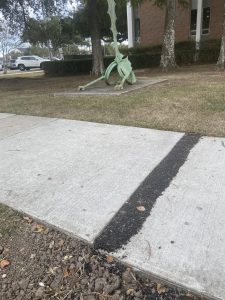
“The University has always made facility assessment a high priority. The challenge we have is not with changes needed but with the Louisiana environmental conditions with our soil content as well as the large trees located next to walkways. Drought conditions cause the water levels (ground water) to subside, causing the ground to sink, while large tree roots begin to rise, looking for water causing the walkways to rise. We will continue to monitor and make necessary repairs to allow for accessible routes across campus,” Clausen said.
Current temporary repairs to walkways reduce trip hazards until a permanent fix is available. Clausen said repairs are estimated to be finished by the end of the year.


